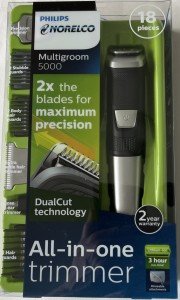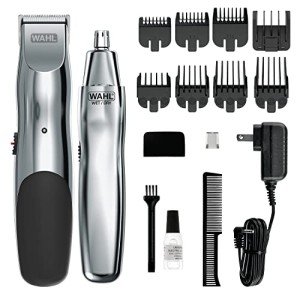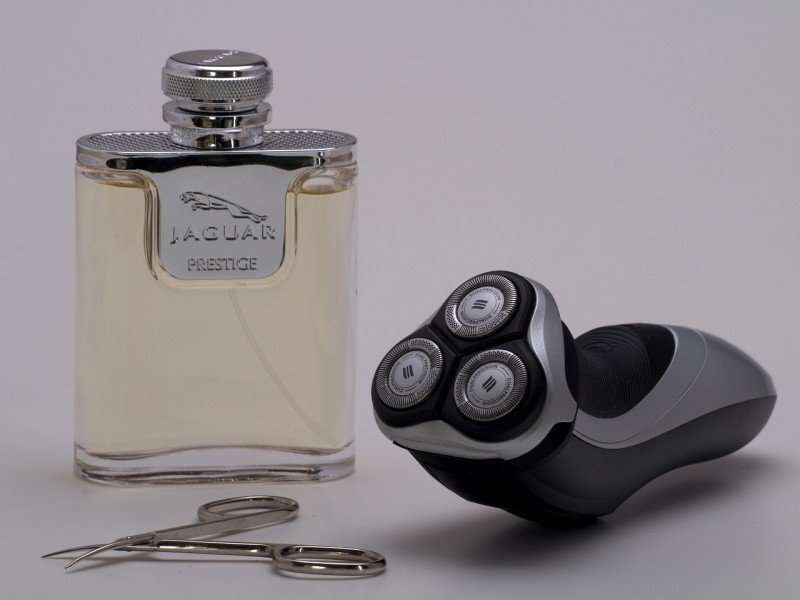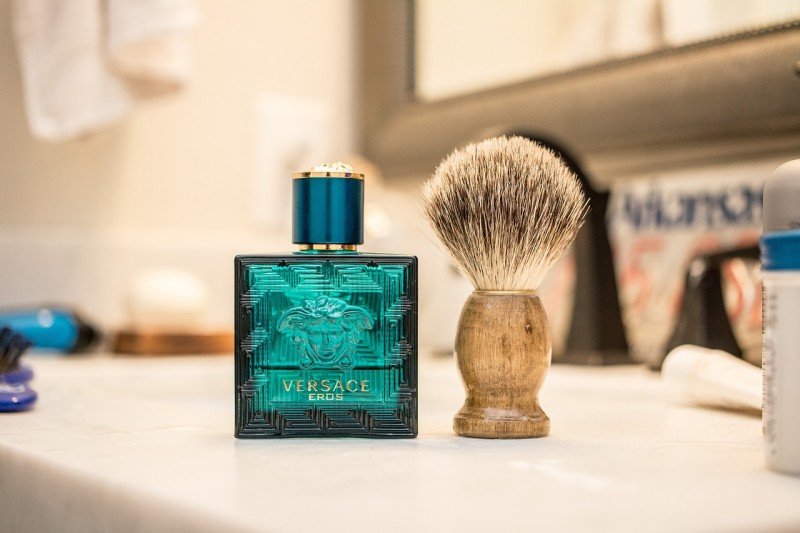Nose hair is a natural part of the human body that serves an important purpose. The tiny hairs inside the nostrils help filter germs, bacteria, dust, and other particles before entering the respiratory system. However, nose hairs can become unsightly when they stick out of the nostrils.
While you should never remove all of your nose hair, as that could compromise your health, trimming visible nose hairs is an easy grooming task that can help you look put together. Here's how to safely and effectively get rid of protruding nose hairs for good.
Why Nose Hair Matters
Before removing nose hair, it's important to understand why we have it in the first place. Nose hairs, also known as vibrissae, are part of the mucociliary clearance system inside the nose.
Tiny, hair-like projections called cilia line the nasal cavity and sinus passages. As we breathe, the cilia trap dust, germs, and other debris. The mucus binds to the particles, and the cilia sweep everything towards the back of the throat to be swallowed or coughed up. Nose hairs act as a barrier to catch larger particles before they make it farther into the airways.
So, while nose hair can be unsightly, it plays a vital role in keeping your respiratory system healthy. Completely removing it can allow more unwanted particles into your body and increase your risk of illness.
Trimming Visible Nose Hairs
Luckily, you don't have to remove all of your nose hair to maintain a well-groomed appearance. Carefully trimming the hairs that stick out of your nostrils can offer the best of both worlds. Here are some safe, effective methods:
Use Precision Nose Hair Trimmers
Specialty trimmers designed specifically for nose hair removal are the easiest and safest trimming tools. Manual trimmers look like tiny scissors and snip one hair at a time, while electric rotary trimmers trim all visible hairs simultaneously.
Follow the manufacturer's directions and gently insert the trimmer into your nostrils to cut protruding hairs. Avoid inserting the device too far to avoid damaging the sensitive inner nasal lining.
Try Small Facial Hair Scissors
Tiny scissors made for facial hair removal can also tidy up nose hair. Look for rounded safety tips. Carefully snip only the hairs sticking out of your nostrils. Be cautious not to cut the skin. Sit in a well-lit area and use a magnifying mirror so you can see clearly.
Use An Electric Shaver On Low Setting
Some electric razors and beard trimmers come with attachments designed to trim nose and ear hair. Make sure the attachment has a rounded head and guard to prevent cuts. Shave on the lowest speed setting. Slowly insert into each nostril and rotate to trim visible hairs.
Philips Norelco Multigroomer 5000: All-in-One Trimmer Kit
Achieve versatile grooming with the Philips Norelco Multigroomer 5000, an all-in-one trimmer kit
Product information
$49.99 $29.99
Product Review Score
4.14 out of 5 stars
105 reviewsProduct links
How Often to Trim Nose Hair
How frequently you need to trim nose hair depends on your hair growth rate. For most people, a weekly or biweekly trim of stray hairs is sufficient for a tidy appearance. Check every few days and snip any hairs protruding from your nostrils.
Long-Term Nose Hair Removal
While trimming takes care of nose hair in the short term, you may want a more permanent solution. However, you should never permanently remove all of your nose hair. Here are some long-term options that target only visible protruding hairs:
- Waxing: Wax kits designed for nose hair removal can remove hair from just inside the nostril opening for up to 6 weeks. This method is not recommended for use deep inside the nasal passages due to the risk of burns.
- Laser Hair Removal: Performed properly by a dermatologist, laser treatment can prevent the most obvious hairs from growing back for months or years by damaging the follicles. Several sessions may be required.
- Electrolysis: This in-office procedure uses an electric current to permanently destroy individual hair follicles. It takes many treatments but can prevent the regrowth of stray hairs around the nostrils.
What Not To Do
Some nose hair removal methods are not recommended, as they carry risks of infection or nasal damage:
- Plucking: Pulling hairs out with tweezers risks ingrown hairs, broken hair, and infection of the nasal lining.
- Waxing/Shaving Inside Nostrils: Waxing or shaving deep inside the nose can damage sensitive tissues. Only remove hair around the nostril opening.
- Depilatory Creams: Chemical hair removal products should never be used inside the nose, as inhaling the fumes can be dangerous.
- Completely Removing All Hair: Getting rid of all nose hair eliminates the protective benefits, increasing respiratory infections.
Maintain Health While Trimming Nose Hair
With the right tools and techniques, you can keep visible nose hairs at bay without putting your health at risk:
- Only trim hairs that stick out of your nostrils
- Never pluck or wax hairs deep inside the nasal passages
- Consult a dermatologist before permanent hair removal treatments
- Never remove all nose hairs - leave the ones inside your nostrils intact
- Clean tools before and after trimming nose hair to avoid infection
WAHL Groomsman Beard Trimmer Kit with Bonus Nose Trimmer
Perfect grooming made easy with the WAHL Groomsman Beard Trimmer Kit, including a bonus nose trimmer
Product information
$29.99
Product Review Score
4.26 out of 5 stars
28 reviewsProduct links
Key Takeaways: Trimming Nose Hair
- Nose hairs filter germs and particles to protect respiratory health.
- Carefully trimming visible stray hairs can maintain a tidy appearance.
- Use specialty trimmers designed for nose hair removal.
- Permanent removal methods like waxing and lasers target only visible hairs.
- Never pluck hairs or use chemicals inside the nasal cavity.
- Leaving most hairs intact preserves the benefits of nose hair.
With some careful grooming, you can keep unsightly nose hairs at bay without compromising the health benefits of your nasal vibrissae. By following safe trimming methods, you can finally get rid of protruding nose hairs for good!




